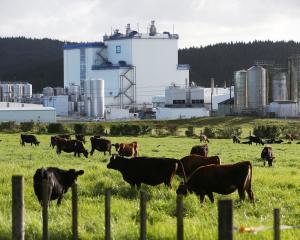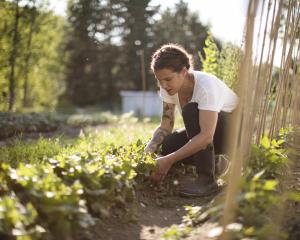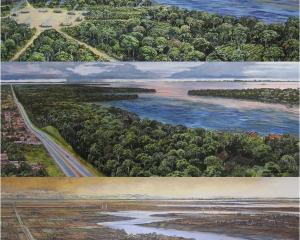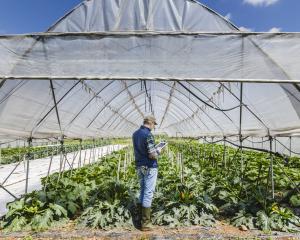
James Herriot’s novels describe changes to the food system that now need to be addressed, Sean Connelly writes.
One of the many joys of being a parent is the opportunity it provides to relive aspects of your own childhood.

Lately, I have been re-reading James Herriot's books about life as a country vet in the Yorkshire Dales of England in the late 1930s and early 1940s.
One of the things that really stands out reading the books many years later is the sense of melancholy that Herriot has about the changes to rural life in the midst of a major transformation to the food system.
Writing in hindsight, Herriot captures both the everyday practice of country life, but also provides the sense that his subjects are unaware of the transition they are a part of.
In the books, Herriot's stories weave across the diversity of farms, in size, approach and specialisation.
Some are large operations (for the time), specialised in sheep or dairy, but most are small, with a couple of pigs, a handful of milking cows and a few horses.
Some have fully embraced the modernity of the 1940s and have replaced their work horses with tractors, while others are unable or unwilling to make the transition.
You get the sense that those that have not made the transition either soon will or will be forced out of farming altogether as technological changes, market forces and government policies transform farming and rural towns and villages.
If we fast-forward to the present, the lack of control about food and agriculture and the assumption that the way things are is the way they will be in the future is perhaps not so unfamiliar to us.
The food system exists and is shaped by other forces more powerful than us and we do not have a role to play in shaping our food system.
Sure, those with the means to do so, can vote with their dollar to support the kind of food practices they want.

Likewise, farmers with access to capital or alternative sources of income can afford to either get on or off the production treadmill or even shift it for their operation.
But what about everyone else? What mechanisms do we have, as citizens, to both imagine and create the food system we want?
Given the lack of a national food policy, what might it look like if we designed it ourselves?
These are the kinds of questions that motivated a diverse group of citizens in Canada to come together to assert control over the decision-making that guides the food system.
Approximately 3500 different people contributed directly over a three-year period to develop the People's Food Policy (PFP) to respond to the food crisis that results in obesity, hunger and declining numbers of farmers and fishers.
The PFP was designed to link the multiple activities already occurring on the ground to address problems with the food system and to translate those diverse actions into policy based on three simple, yet ambitious objectives.
The first objective was to end hunger by ensuring that all people have access to an adequate quantity and quality of culturally appropriate food.
The second objective was to support a sustainable food system that maintains and enhances the environment and provides people with a living wage.
The third objective is to ensure that healthy and safe food is accessible (and unhealthy or unsafe foods restricted).
These objectives are supported with specific policy recommendations, developed through kitchen-table discussions and meetings across the country, to transform the food system based on principles of food sovereignty that emphasises the right of people to have a say in where their food comes from and how it is produced.
Given our rising rates of obesity, increasing inequality, rising foodbank usage, increasing environmental impacts from agriculture and the struggles facing farmers to earn a living, would a co-ordinated approach to food make sense?
Fortunately, these kinds of discussions have been happening across New Zealand for many years through the work of many grassroots organisations and individuals.
More recently, local councils are exploring how best to support these activities and re-engage with food through their activities.
Food networks, roundtable and policy councils have responded to the need to take an integrated approach to food issues in particular places.
As these initiatives emerge and become more established, there is potential to link them together to begin to have a national conversation about the food system we want.
- Sean Connelly is a lecturer in the University of Otago department of geography. Each week in this column, one of a panel of writers addresses issues of sustainability.












